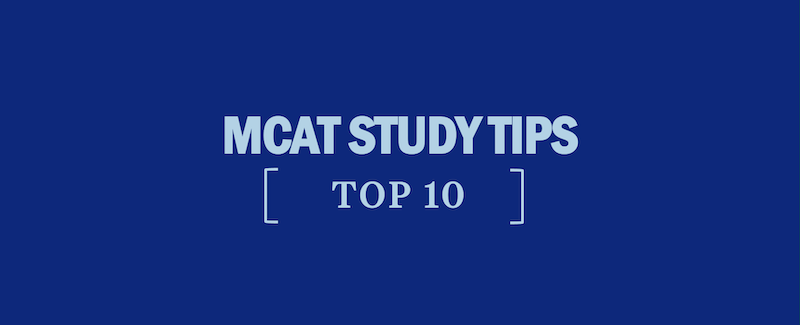Medical Schools for Anesthesiology
Before reading on about medical schools for anesthesiology, pre-meds should know that in medical school, students have the opportunity to rotate through several areas of medicine before committing to a specialty to match into for their residency. Anesthesiology is much more than asking patients to count back from 10 and putting them to sleep.
As an anesthesiologist, you’ll manage patients that have been rendered unconscious or insensible to pain and stress during a variety of medical procedures, including surgeries and obstetric interventions. It’s important to note that most medical students won’t be exposed to anesthesiology until their fourth year in medical school, so if you have an interest in anesthesiology, look for medical schools that will get you that exposure early on, or give you access to it.
In 2018, there were roughly 1,700 anesthesiology residency spots offered, with 96% of US medical school seniors matching into the specialty. According to U.S. News & World Report, here are some of the best medical schools that will prepare you for an anesthesiology residency match.
[ Learn more about Duke University Medical School ]
Harvard Medical School, located in Boston’s medical research hub, is surprisingly small. With a class size of 165, the MD program is highly competitive, with a median matriculant GPA of 3.9 and a median MCAT score of 519. Harvard medical students enrolled in the Core Clerkship in Surgery will spend a minimum of one week rotating with the department of anesthesia in a hospital setting. There is also an opportunity for a four-week elective clinical clerkship in anesthesiology for fourth-year medical students. In 2019, 6 Harvard Medical School students matched into anesthesiology residency programs.
[ Learn more about Harvard Medical School ]
The Johns Hopkins University School of Medicine in Baltimore is one of the most competitive MD programs in the United States—in 2019, the school only offered admission to 256 of 4,654 applicants, of which 120 matriculated. After completing a basic anesthesia clerkship, advanced or specialty electives can be arranged. A very popular and competitive elective is the Surgical Intensive Care Unit rotation. Four students matched into residency programs in anesthesiology in 2017.
[ Learn more about Johns Hopkins School of Medicine ]
[ Learn more about Stanford University School of Medicine ]
The anesthesiology department at UCLA Medical School oversees the preoperative care of about 50,000 surgeries and procedures, and over 200 third- and fourth-year medical students complete anesthesiology rotations each year. Each student spends two weeks of the mandatory third-year surgery clerkship in the anesthesiology subspecialty rotation, and interested students can choose from two fourth-year subinternships: one in anesthesiology, and one in surgery and critical care medicine. Both sub-internships operate primarily in the Ronald Reagan UCLA Medical Center. With an entering class of roughly 175 students, the David Geffen School of Medicine at UCLA received more than 14,500 applications in 2018, making it one of the most sought after medical schools in the country, so you’ll likely need a top MCAT score to be competitive. In 2019, 5 UCLA medical students matched with anesthesiology residencies.
[ Learn more about UCLA Med School ]
UCSF’s medical school sits at the forefront of patient care in the 21st century. With fewer than 2% of the more than 7,700 applicants to the MD program matriculating, it’s highly competitive. The average GPA for admitted students in 2019 was 3.8 and the average MCAT score percentile ranking was 94. Most students are California residents and about a third come from communities historically underrepresented in medicine. The UCSF Department of Anesthesia is one of the largest anesthesia residencies in the US, providing many clerkship opportunities for current medical students. In 2019, 9 UCSF seniors were accepted into anesthesiology residency programs.
[ Learn more about UCSF School of Medicine ]
[ Learn more about University of Michigan Medical School ]
[ Learn more about Perelman ]
[ Learn more about Washington University School of Medicine ]


